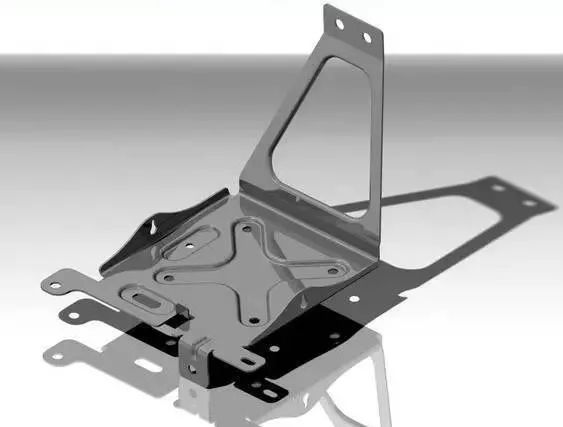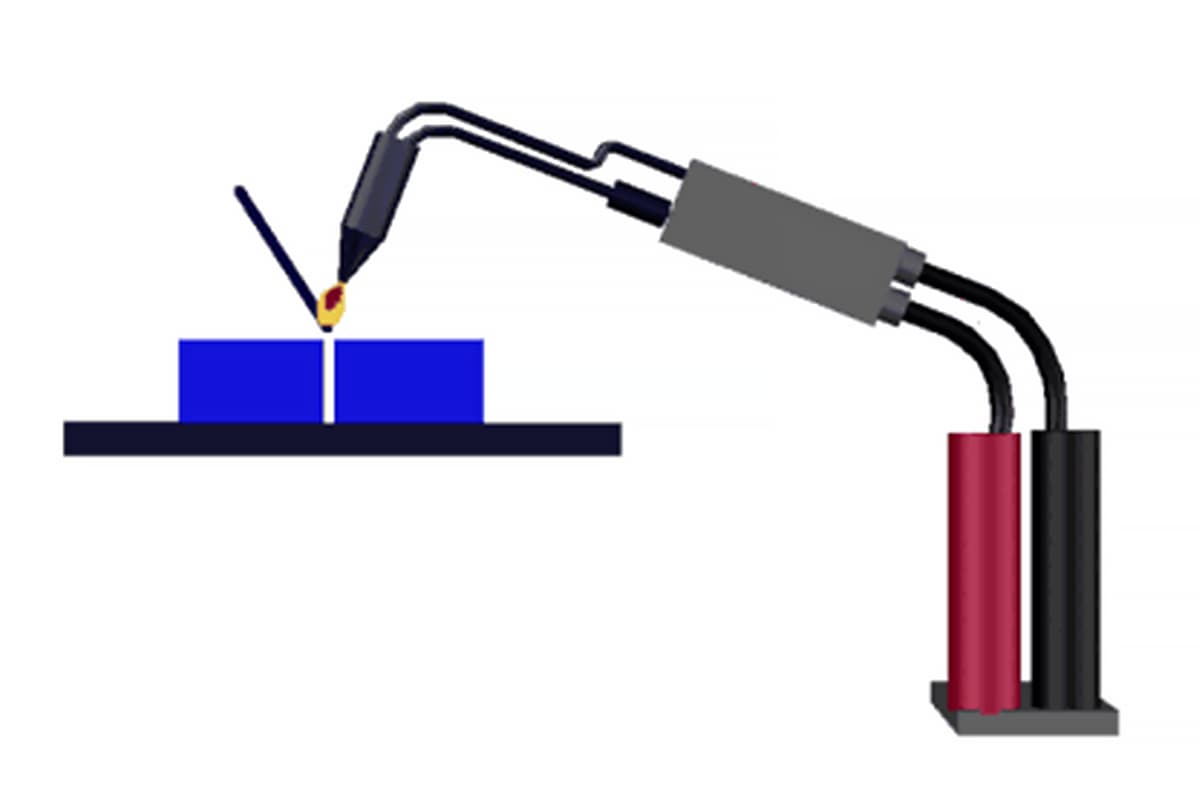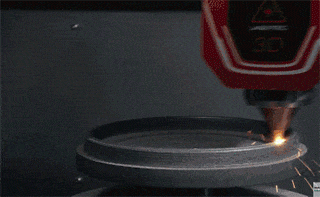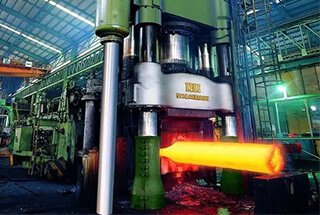The techniques used in fabricating sheet metal parts have their unique characteristics.
The study and comprehension of these techniques can enhance the skills of technicians in sheet metal fabrication, leading to the design of more optimized processes and fabrication plans.
Given the limitations of existing equipment and the structure of the product, it is important to optimize the structure from a process perspective. The primary responsibility of a sheet metal technologist is to develop the most efficient process method while considering production efficiency and flexible coordination.
Features of Sheet Metal Parts
Sheet metal parts possess unique characteristics such as being thin and easy to form into various shapes.
With the use of welding, assembly, and riveting, it becomes possible to create multi-structured components.
However, these same characteristics can also result in deformations during fabrication, such as bending, twisting, and concave or convex deformations, which can impact the size or shape of the component and cause quality issues.
The production process of sheet metal parts has its own set of principles, which allow for flexibility in adjusting the fabrication sequence based on the available equipment and manpower. By selecting the appropriate technological process, it is possible to effectively prevent and resolve these types of problems.
Basic Principle of Sheet Metal Technology
The development of a technology route must take into account both the product’s shape and the company’s existing processing equipment to meet the requirements for product quality and achieve maximum economic benefit.
The general principles for creating a fabrication technique are as follows:
⑴ Meet the product quality requirements
⑵ The fabrication technique is economically viable
⑶ Provide optimization for subsequent processes
⑷ Convenient processing
Technical staff must consider product quality from both functional and aesthetic perspectives, as well as their knowledge of the processing capabilities of the equipment.
When preparing a technique, it is important to consider the overall machine integration error, optimize the product processing methods to reduce difficulties, and establish a relatively stable technology route for batch production.
Accumulative Error Fit of The Whole Machine
The cumulative error coordination is a comprehensive reflection of the product’s cumulative tolerance, and it is necessary to allocate corresponding tolerances during the process analysis to ensure that the cumulative error is within an acceptable range.
For example, the AC electric control cabinet is a typical product that requires careful consideration of cumulative error coordination.
The AC electric control cabinet can be processed into either a mounting-type cabinet or a welding cabinet.
The assembly of the mounting-type cabinet is common and typically consists of a top frame, bottom frame, upright post, front door, back door, and side door (board).

If these components are fabricated well, it will ensure the quality of the cabinet.
Typically, customers have certain requirements for the overall size of the cabinet after assembly, with a requirement that the size error of the diagonal dimensions X1 and X2, X3 and X4 should be less than 2mm.
Based on the installation conditions, customers have control over the width of L3, but there is no strict requirement for the height and thickness. This is because the customer’s design of the cabinet often uses the body shape to determine the required size, without considering the coating film thickness, which can cause size errors in the cabinet dimensions after spray and assembly.
Therefore, it is necessary to adjust the amount of spray and cover on each component to meet the width of L3 while also ensuring the dimensions L1 and L2.
Typically, the top frame, bottom frame, and column are adjusted according to the requirements, with different adjustments for different assemblies.
The front door and side door are usually embedded during installation in the upper and lower door lintel, causing the outline dimensions to generally have a negative deviation.
The coating allowance should be adjusted accordingly based on the type of spray. Considering assembly clearance and other factors, the spray allowance should be re-adjusted to control the deviation in size (for the door plank, a 0.5 to 1mm coating layer allowance should be left after taking the negative deviation into account).
Optimize Product Processing Method
The optimization of the processing method involves adjusting the processing sequence or improving the process, which can be demonstrated through a simple example.
If a door panel requires expansion, both quality and time can be considered in single piece processing.
The typical fabrication process is as follows:
Cutting by shears → Punching shape and inner hole → Bending by press brake → Welding corners
This process saves time and effort, but in mass production, it increases the wear and tear on the cutting tool and greatly increases the maintenance costs of the machine. Additionally, a minor programming error can cause irreparable damage.
Since the shaped area of this type of door is used to install the door handle, a commonly adopted solution for mass-producing such door panels is:
Cutting by shears (cut separately for the three-door stopper) → Punching inner hole → Corner notching → Bending by press brake → Welding corners and the three-door stopper
This improved process not only saves on raw materials and equipment maintenance costs, but it also significantly reduces the error rate in programming.
Stability Selection of Fabrication Technique
The stability of the process route choice should align with the production batch, as the choice of process routes may vary based on changes in production. The development phase focuses on validating the product’s overall structure and timely processing, and is less sensitive to fabrication cost, while small batch production focuses on validating the process, optimizing individual structures, and preparing a moderate amount of molds.
For small batch production, cost is the top priority and the process is optimized as much as possible to save cost.
For example, consider the small angle support:
TechniqueⅠ: Cutting by shears → Bending by press brake → Punching and tapping for markings
TechniqueⅡ: Cutting by shears (items can be merged) → Punching bottom hole → Cutting into single pieces → Bending by press brake → Tapping
TechniqueⅢ: Making a mold for fabrication
After comparing these three technological routes, it can be seen that all three options effectively meet the customer requirements, but each has its own strengths.
TechniqueⅠ
Requires a lot of labor and is time-consuming (due to the punching and tapping of markings), leading to significant process losses. It is only suitable for single product fabrication and is not recommended for bulk production.
TechniqueⅡ
Uses more machine tools, is faster, and can produce multiple pieces at once. It is suitable for medium to small batch production, but the cutting process may cause small displacements in the holes.
TechniqueⅢ
Is suitable for mass production, as it is based on the use of a suitable mold, saving time and effort.
The choice of fabrication technique is closely tied to the impact of processing loss and batch production, and should be made based on a comprehensive consideration of various factors. Choosing the appropriate fabrication plan is especially important given different production conditions.
Conclusion
The processing technology of sheet metal parts is a complex issue.
This post provides a brief overview of the basic principles of setting up a fabrication technique for general sheet metal parts, with the aim of identifying the basic method for setting up a fabrication technique.
In conclusion, as engineers, it is important to adopt a cost-conscious approach, consider cost throughout the process, and view the process setting from a comprehensive, global perspective.


